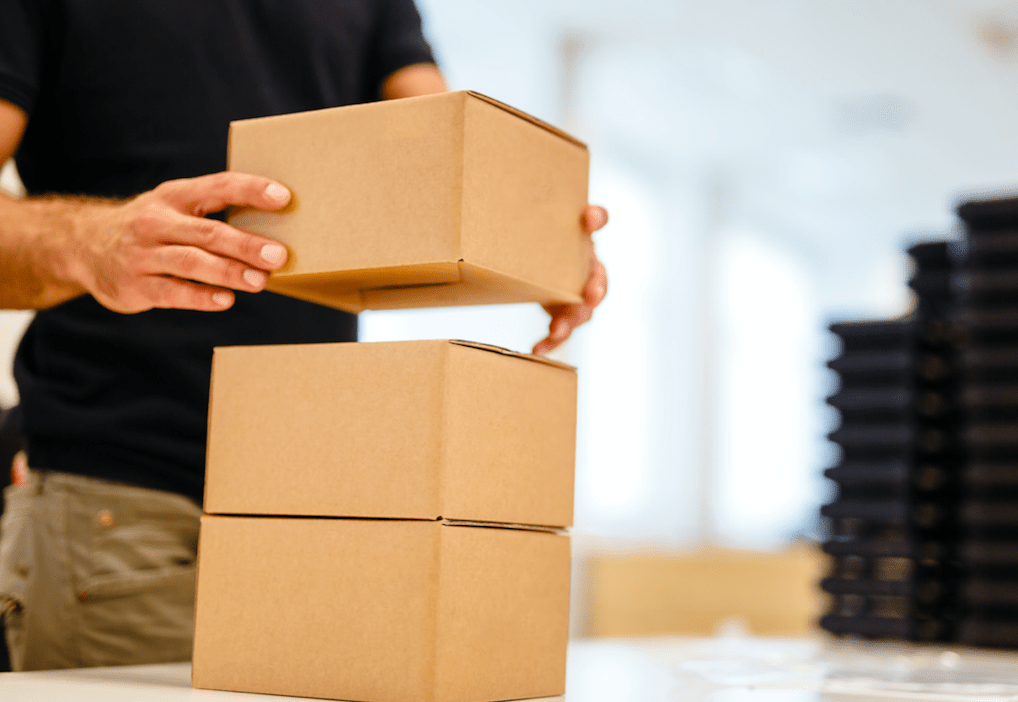Amazon has always prioritized customer service over everything. Currently, Amazon’s customer service guidelines are responsible for the latest updates, which puts some third-party sellers in trouble. Third-party sellers operating independently of Amazon’s FBA must meet the same criteria as the FBA.
Amazon’s Policy Update
From August 16, 2021, Amazon will automatically authorize the US return requests that fall within Amazon’s return policy, including items where sellers filed requests to exempt SKUs from the Prepaid Return Label Program. For returns of seller-filed SKUs that are exempt from the Prepaid Return Label program, sellers will continue to have the option to upload a merchant-paid label. Out-of-policy return requests or category-exempt will continue to be sent for manual authorization.
For international seller-fulfilled returns, the sellers are required to provide one of the following return options:
- Returnless refund: Offer a full refund without requesting that the item be returned.
- Provide a domestic return option: Provide a local return address in the buyer’s country.
- Provide prepaid international return shipping: Provide your own prepaid return mailing label for a return request from the marketplace in which you are selling.
Also, from August 16, 2021, for international seller-fulfilled returns that do not abide by the above policy, Amazon may refund the buyer on your behalf and charge the amount to your seller account.
How the policy covers low-priced items?
Returns processing typically ranges from 20-65% COGS. This is why Amazon has also introduced “non-refundable returns”. The company claims this is a “strong request” from the sellers. This feature allows merchants to refund buyers without taking back items that may cost more to ship than they are worth or be difficult to resell (read: shipping if damaged). Shipping. You will also be charged a fee to process the refund of the buyer’s card (and the time required for administration and check-in). You should then check whether the returned item is damaged and determine whether it can be resold. If possible, it may be necessary to change prices or swallow losses to cover the cost of handling returns. If you can’t, you will have to pay a disposal fee.
Should sellers be worried about this new update?
This is a huge inconvenience to sellers. Especially those who have multiple warehouses and they need to have an RMA generated within the Seller’s system (not Amazon) before being sent. How will Amazon determine which warehouse to return the items to?
- For many small sellers, this negates any reason to sell internationally on Amazon since a single scam can wipe out a huge percentage of profit.
- Many sellers express their concern that this change in policy increases the number of scammers in disguise of unhappy customers.
- Another issue with this policy update is that this policy encourages return instead of troubleshooting. This change in policy worries many sellers as the customers may simply place a return request for an issue that could be easily sorted out over a phone call or an email.
What can you do to prevent fraud returns?
Amazon advises sellers to exclude certain SKUs from inventory, such as bulky, heavy, or expensive to ship.
In addition, the seller has the option to deduct the return shipping cost from the item. Ability to charge a 20% to 50% restocking fee for non-returnable customers. This means that if the buyer requests a return because the item they received was not ordered, the seller must provide a full refund.
However, buyers asking for too many refunds are often banned from Amazon.


